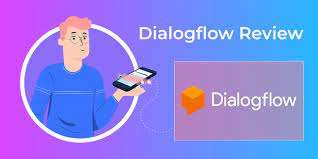In today’s fast-paced digital world, businesses are increasingly turning to conversational AI solutions to enhance customer support and engagement. One popular tool for building chatbots is Dialogflow CX, a powerful platform developed by Google. In this blog post, we will explore the fundamentals of Dialogflow CX and provide a step-by-step guide on how to build a chatbot using this platform.
- Understanding Dialogflow CX:
- Overview of Dialogflow CX: What it is and how it differs from Dialogflow ES.
- Key Concepts: Agents, Flows, Pages, and Transition Routes.
- Intents and Entities: Creating conversational understanding.
- Designing the Conversation Flow:
- User Flows: Defining the structure of the conversation.
- Pages and Widgets: Creating interactive conversational experiences.
- Conditions and Branching: Handling different user inputs and responses.
- Building an Agent:
- Setting up a Dialogflow CX project.
- Creating an Agent: Defining the agent’s properties.
- Managing Intents: Training the agent to understand user queries.
- Entity Recognition: Extracting important information from user inputs.
- Integrating with Channels:
- Adding a Webhook: Connecting the chatbot to backend services.
- Using the REST API: Enabling custom interactions and integrations.
- Deploying the Chatbot: Making it accessible to users on various channels.
- Testing and Optimization:
- Simulating Conversations: Testing the chatbot’s responses.
- Analyzing User Input: Identifying patterns and improving understanding.
- Iterative Improvements: Enhancing the chatbot’s performance over time.
- Advanced Features and Best Practices:
- Contexts and Session Parameters: Maintaining conversational context.
- Entity Types: Building domain-specific entity recognition.
- Natural Language Understanding: Training the chatbot for complex queries.
- Analytics and Insights: Monitoring user interactions and performance.
